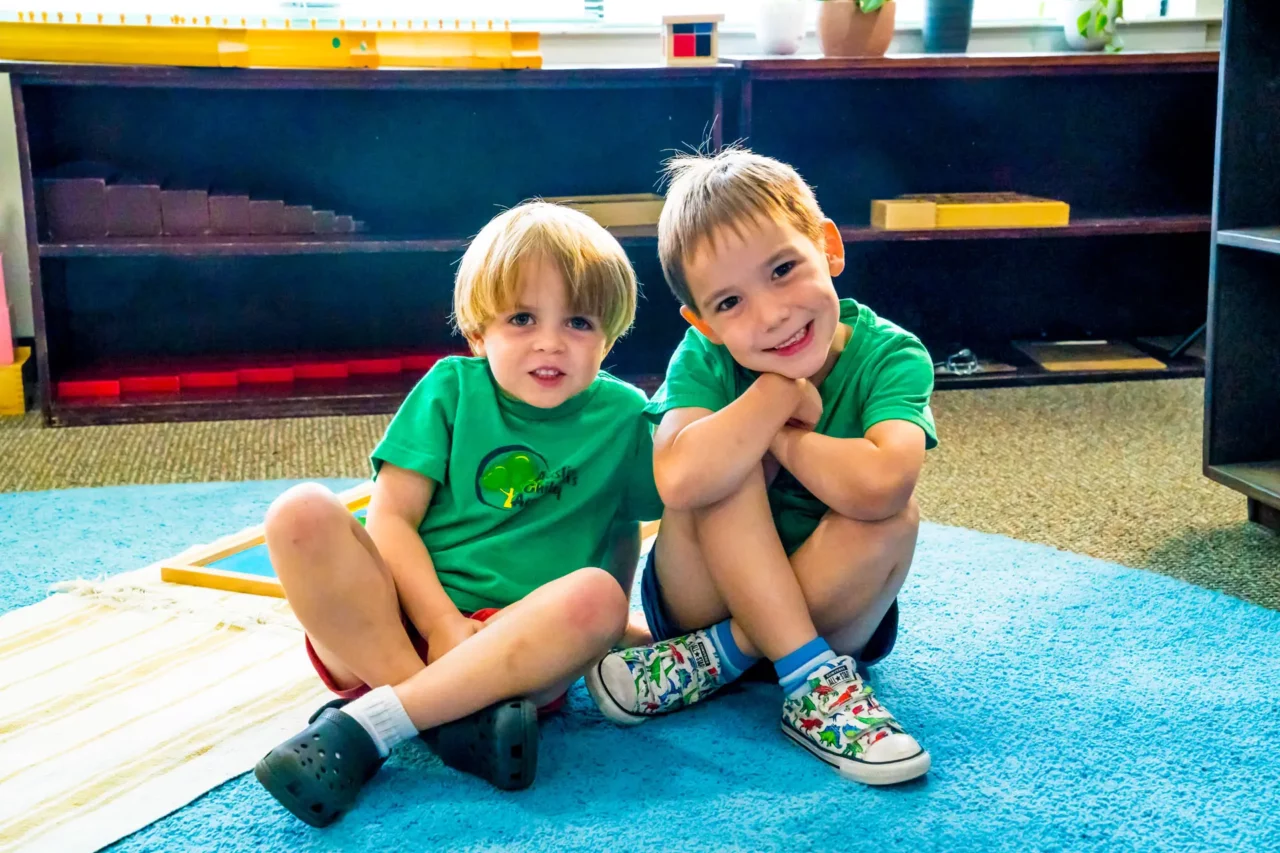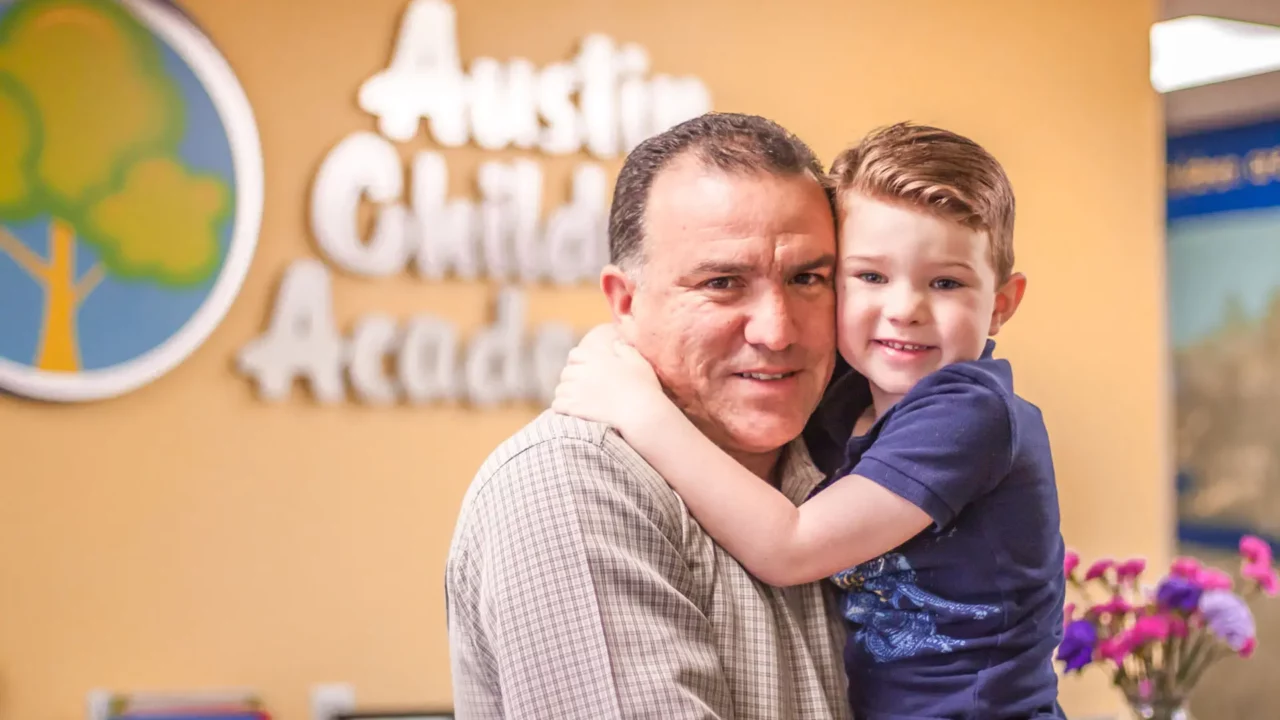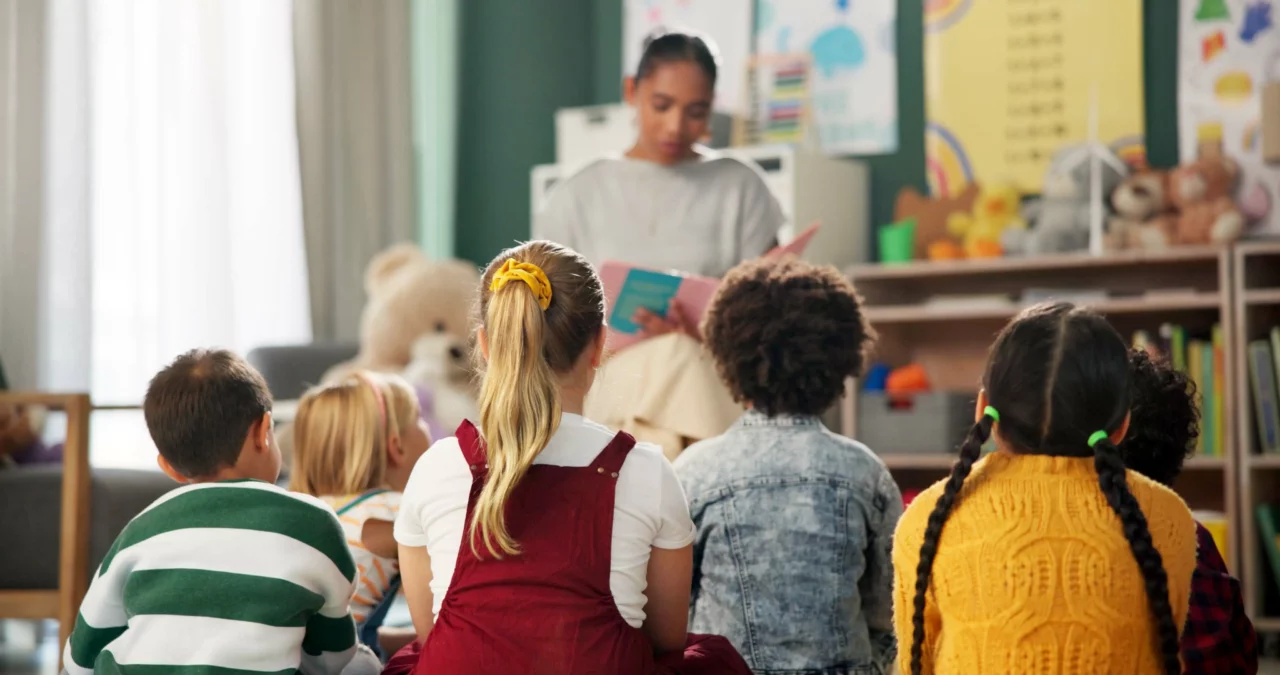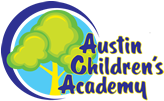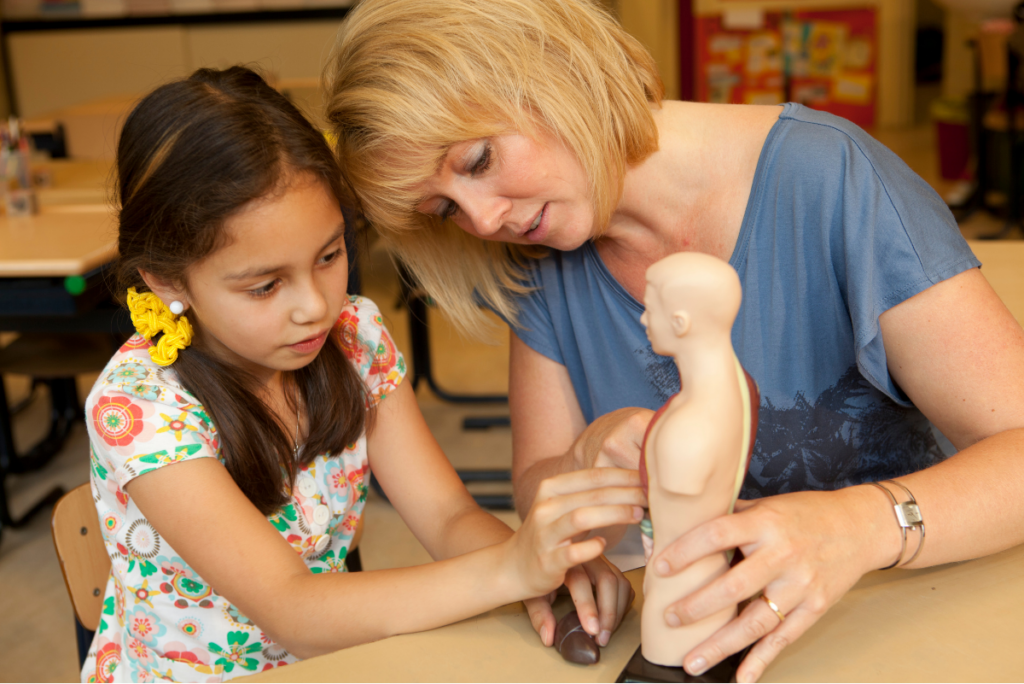
If you think your child learns differently from other kids, you’re right! Studies prove that there are various learning styles in children. The VARK model identifies four very different learning styles in children, giving you the ability to determine how your child learns best and to accommodate their learning style to one (or more) of the four learning styles in children.
Visual Learner
An interest in diagrams, charts, maps, graphs, and outlines are indicators of visual learning styles in children. Visual learners are often exceptional at locating and navigating the world around them. Topics of interest to visual learners include places, maths, and games incorporating graphics or symbols.
Visual learners appreciate colors, pictures, drawings, flashcards, and visual presentations as practical learning tools. Images and symbols make written material far more interesting. Diagrams on flashcards and conceptual map drawing on a whiteboard will engage their learning.
Auditory Learner
Auditory learning includes verbal stories and instructions. Auditory learners take in the most just by listening to instructors and talking about learning with classmates or friends and family.
Auditory learners appreciate in-person storytelling or instruction, educational podcasts, audiobooks, audio streams, or educational videos. They enjoy studying and learning aloud, and they also enjoy discussing things. While listening and learning, it’s best to subdue other noises to minimize distractions.
Reading and Writing Learner
Reading and writing learning styles in children differ only slightly from auditory learners, so these learning styles often blend and complement each other. Young readers and writers prefer written learning to verbal instruction, although words and stories tend to captivate them in any form.
Readers and writers enjoy writing, imagining, and creating words and stories. They enjoy learning via online research or educational books. Readers and writers like to review their work with an adult, and they enjoy reading their work back to an adult to commit it to memory.
Kinesthetic Learner
Kinesthetic is a fancy word for physical, and you’ll know a physical learner for sure! These children love physical activity incorporated into learning. Some people think that physical learning means tactile learning, but kinesthetic learning styles in children incorporate every sense, including touch.
It is challenging for physical learners to be still. They excel when they’re actively participating in learning games, such as flashcards with built-in activities. It’s good to give physical learners study breaks to stretch, breathe, and be active!
Help Your Child Learn!
Austin Children’s Academy takes the different learning styles into consideration. We enjoy working with each child to help them learn the material their way. Schedule a virtual tour with us today.



